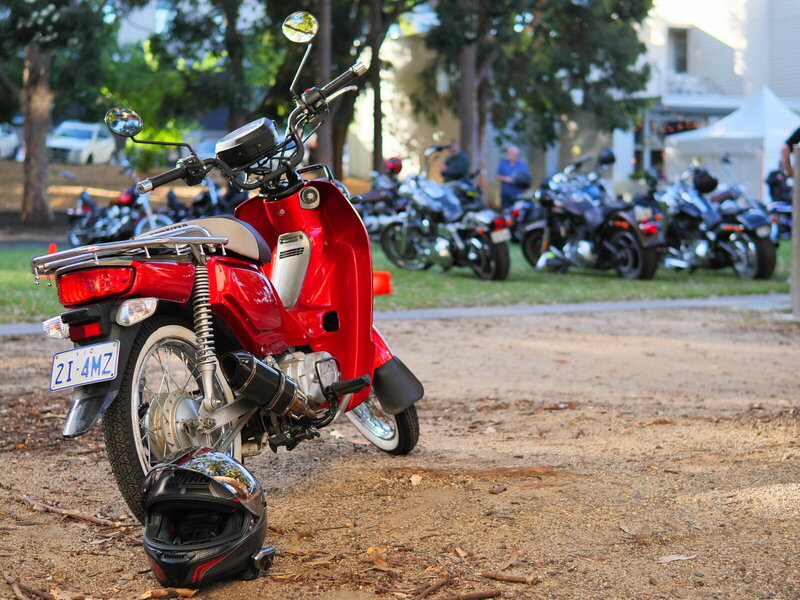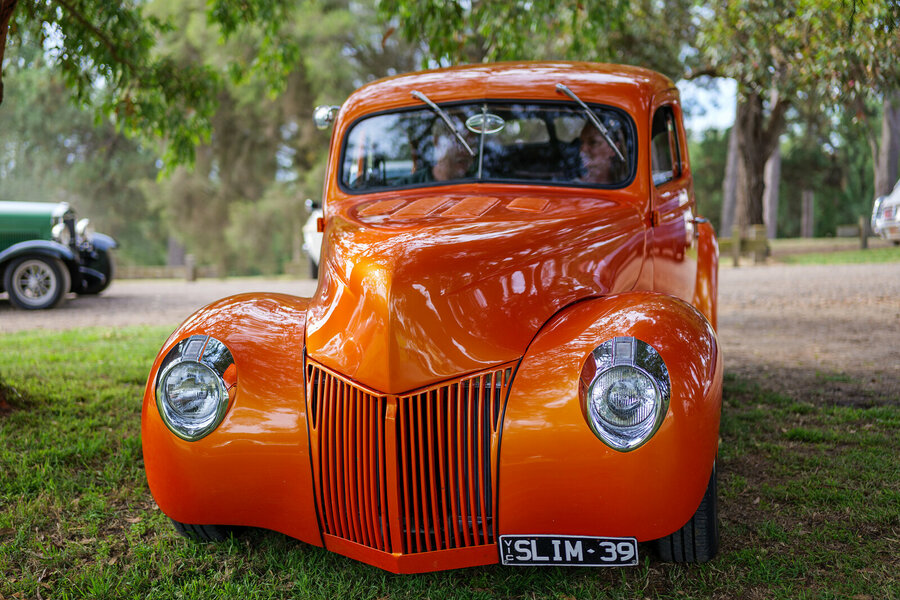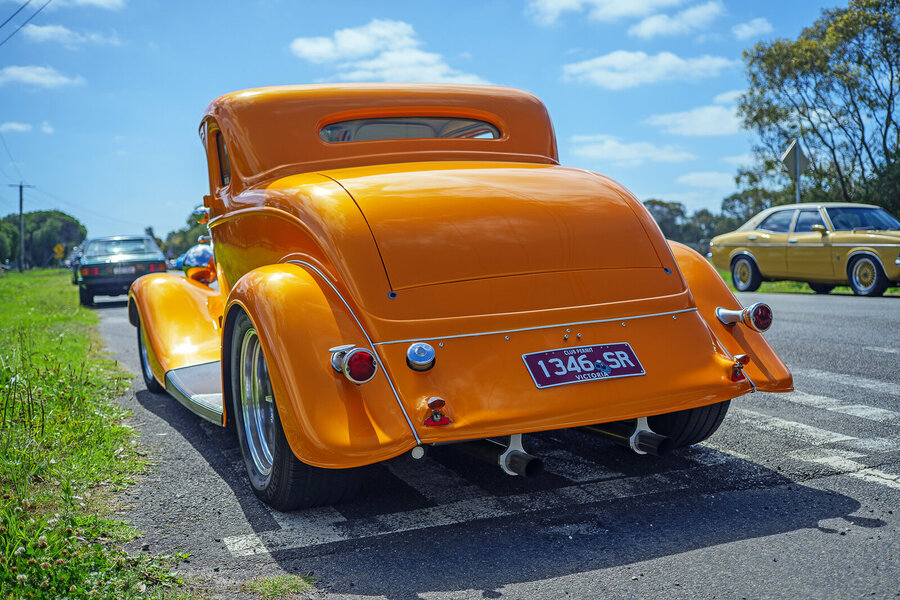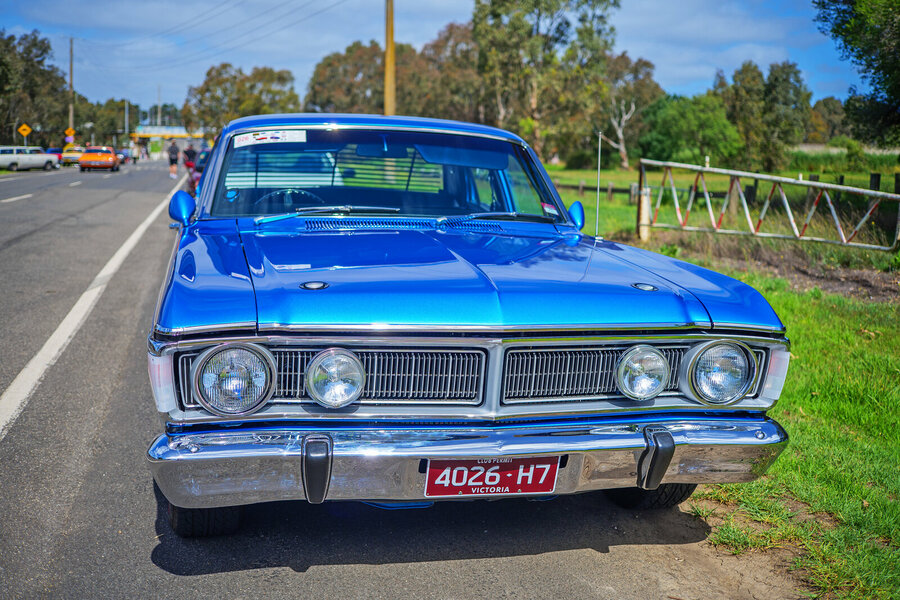Besides Leica lenses, which L-mount lenses have that beautiful 3d pop that most of you forget about watching YT reviews, fretting over sharpness, speed and toneh etc.?
The Sigma Art are very lacking, looking at the dpreview gallery of the new 50mm f1.2 it was predictably 2d flat, undynamic and very disappointing but all of them are. I'm not sure about the Sigma Contemporary but I think these may have better 3d qualities from what I've seen.
I only realised today that the Lumix S 100 f2.8 Macro has really profound 3d pop, despite my somewhat doubts before release it therefore is an excellent portrait lens, if a bit too long. I don't know how the Lumix 85 f1.8 compares 3d pop wise but the 100mm is 2 lenses in one and definitely worth the extra expense. You can also get it as a much more affordable price if buying a camera kit combo from Wex UK. I thought it had a look of the Pentax 77 f1.8 Ltd going for it and you need to stop that down to around f2.8 for good centre sharpness.
You can talk about Leica if you want BTW, especially the Lumix 35 & 50 f1.8 close DNA (almost identical) with Leica 50 & 35 f2 Summilux.
The Sigma Art are very lacking, looking at the dpreview gallery of the new 50mm f1.2 it was predictably 2d flat, undynamic and very disappointing but all of them are. I'm not sure about the Sigma Contemporary but I think these may have better 3d qualities from what I've seen.
I only realised today that the Lumix S 100 f2.8 Macro has really profound 3d pop, despite my somewhat doubts before release it therefore is an excellent portrait lens, if a bit too long. I don't know how the Lumix 85 f1.8 compares 3d pop wise but the 100mm is 2 lenses in one and definitely worth the extra expense. You can also get it as a much more affordable price if buying a camera kit combo from Wex UK. I thought it had a look of the Pentax 77 f1.8 Ltd going for it and you need to stop that down to around f2.8 for good centre sharpness.
You can talk about Leica if you want BTW, especially the Lumix 35 & 50 f1.8 close DNA (almost identical) with Leica 50 & 35 f2 Summilux.
















